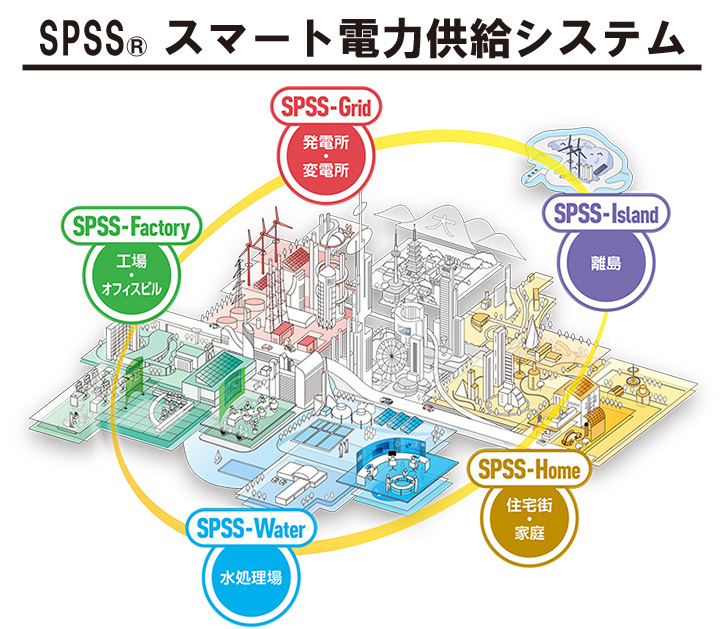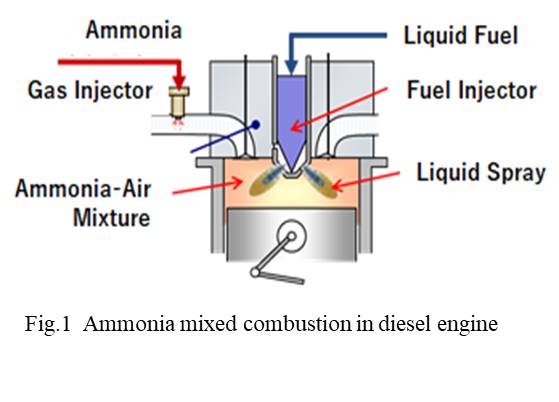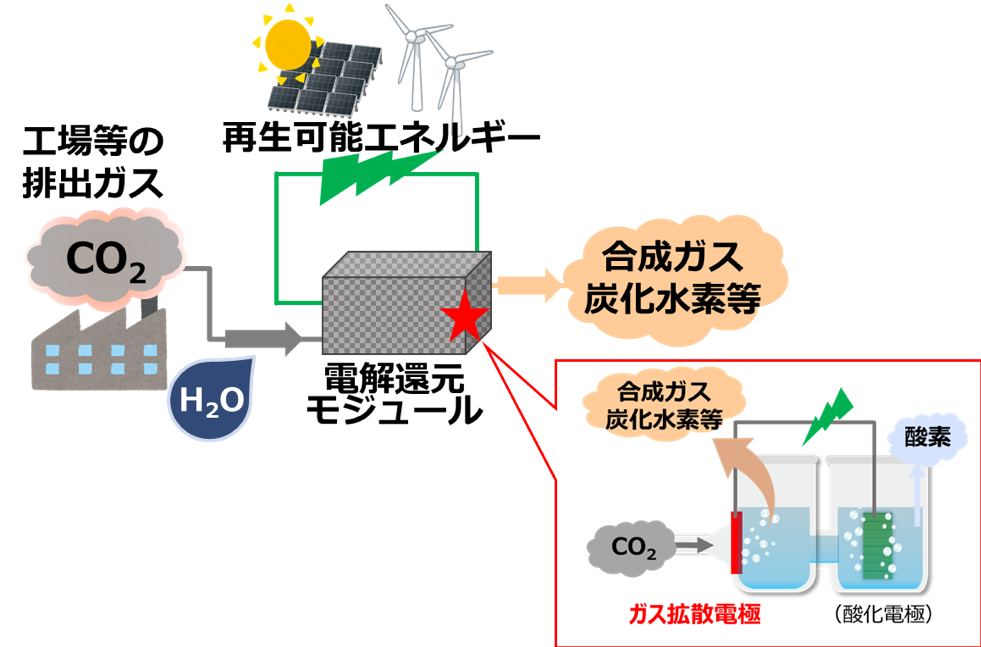Basic R&D for Carbon Fiber Innovation
TEIJIN LIMITED
Outline
■Development of energy-saving and highly productive Carbon Fibers manufacturing process
Establish a basic technology aiming for an innovative Carbon Fibers manufacturing process that is energy-saving and highly productive, by renewing the existing Carbon Fibers manufacturing method, in which acrylic fiber is flame-resistant at several hundred degrees in air and then carbonized (calcined) at high temperature in nitrogen.
Through technological development so far, we have succeeded in synthesizing a solvent-soluble flame resistant polymer for the first time in the world. At the same time, in the carbonization technology using microwaves, high-speed carbonization in seconds, which is a characteristic of direct heating, has also been realized in large-definition (large tow) precursor fibers.
In the future, we aim to complete industrialized process technology with large tow (48K), aiming at performance that exceeds single fiber diameter 7μm, elastic modulus 240GPa, strength 4GPa as an innovative Carbon Fibers.
Description
Development of "Innovative Carbon Fibers Manufacturing Process" to meet the large demand for Carbon Fibers
The current Carbon Fibers manufacturing method making acrylic fibers flame resistant in high-temperature air will be renewed, and the basic technology of the "innovative Carbon Fibers manufacturing process" that is energy-saving and highly productive will be established.
The key is the new precursor polymer fibers that does not require flame resistance and the carbonization technology using microwave energy. By realizing these technologies, we aim to industrialize a manufacturing process that is 10 times more productive and halves CO2 emissions.
[Research results so far]
・Development of new Carbon Fibers precursor compounds
We succeeded in synthesizing a solvent-soluble flame-resistant polymer for the first time in the world, and established the basic technology of 6K filament for spinning.
Regarding the physical properties of Carbon Fibers, an elastic modulus of 240 GPa and an elongation of 1. 5% were achieved with a single yarn diameter of 5 μm.
・Development of carbonization process technology using microwaves
High-speed carbonization in seconds, which is a characteristic of direct heating by microwaves, has also been realized in large fineness (large tow) precursor fibers. In order to obtain stable Quality Carbon Fibers with large tow (48K), we are elucidating the correlation between the formation process of Carbon Fibers order accompanying carbonization and mechanical properties. So far, we have found a new method for quantitatively and precisely evaluating differences in microwave irradiation conditions, Fibers heating mechanisms, and structural changes, and have developed basic technologies for achieving stable carbonization.
Partner(s)
National Institute of Advanced Industrial Science and Technology
Toray Co., Ltd.
Teijin Limited
Supplementary information
Other Innovation Challenges
Development of Carbon Fibers for pressure vessel supporting the realization of hydrogen society
TEIJIN LIMITED
Low Speed EV (LS-EV) development toward “Well to Wheel Zero Emission Mobility” and Challenge for improving a social services (QOL) by utilizing its platform
TEIJIN LIMITED
Similar Innovation Challenges
Achieving net zero carbon emissions from paint finishing processes
Taikisha Ltd.
Activities for reducing GHG of business operations in Nissin Electric Group
Nissin Electric Co., Ltd.








-1人工光合成技術.jpg?id=2&tid=759&imageNumber=1)